#suor omicidi 1979
Explore tagged Tumblr posts
Text

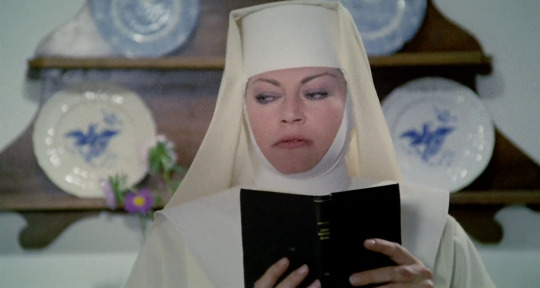
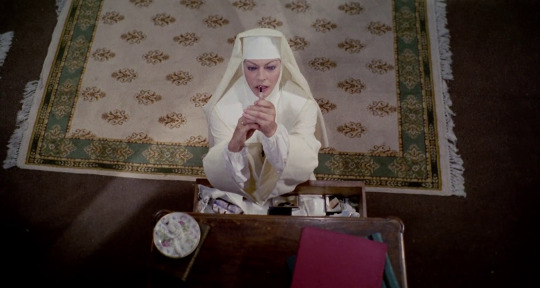




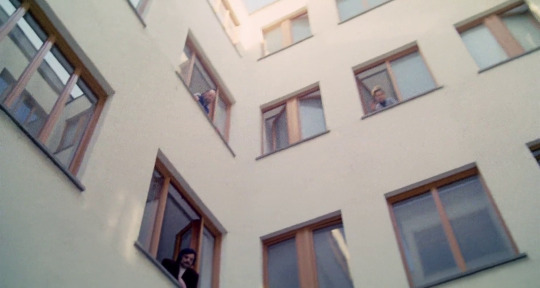

The Killer Nun (1979)
#saturnidaes#saturnidaes films#film#movies#movie#film stills#movie stills#70's#70's film#Suor Omicidi#Killer Nun#Suor Omicidi 1979#Killer Nun 1979#The Killer Nun#The Killer Nun 1979#giulio berruti#anita ekberg#Paola Morra#sister mathieu#sister Gertrude#italian film#italian movie
21 notes
·
View notes
Text
the killer nun ⁉️

[image description: a drawing of sister mathieu from the killer nun (1979). she is dressed in creamy white robes. she stands in the middle of a fiery background, as if she's in hell. her face has an intense expression. blood has stained the side of her robes, and some is splattered on her face too. she holds a fancy looking bloody candlestick tightly in both of her hands. end image description.]
#digital art#artists on tumblr#my art#the killer nun#the killer nun (1979)#killer nun#suor omicidi#blood tw
20 notes
·
View notes
Text

Anita Ekberg "La monja homicida" (Suor omicidi) 1979, de Giulio Berruti.
16 notes
·
View notes
Text

Top, screen capture from Killer Nun (Suor Omicidi), directed by Giulio Berruti, 1979. Bottom, Xandra Ibarra, Free To Those Who Deserve It (series), 2020, silicone, jewelry, syringe needles, clarinet ligature, tent stake, vise, pigment, dimensions variable. Via.
--
There was a time when irony was supposed to have died—when Americans, frightened and weary, worried that the world had robbed them of their constitutional right to laughter. They needn’t have fretted: Irony—satire—political discourse that operates through the productive hedge of the joke—have not only evaded death in past decades; they have, instead, been enjoying a renaissance. Jokes have informed many prominent, though certainly not all, political protests; they have also, more broadly, come to shape the way people understand the world around them. Many Americans get their news filtered through late-night comedy and their outrages filtered through Saturday Night Live. They—we—turn to memes to express both indignation and joy. Jokes, in other words, with their charms and their appealing self-effacement and their plausible deniability (just kidding!), are helping people to do the messy work of democracy: to engage, to argue, and, every once in a while, to launch a successful bid for the presidency of the United States.
Scrolling through Instagram to see the pictures from the March for Science, I marveled at the protest’s display of teasing American wit. (“Remember polio? No? Thanks, science!”) And then I thought of Neil Postman, the professor and the critic and the man who, via his 1985 book Amusing Ourselves to Death, argued preemptively against all this change-via-chuckle. Postman wasn’t, as his book’s title might suggest, a humorless scold in the classic way—Amusing Ourselves to Death is, as polemics go, darkly funny—but he was deeply suspicious of jokes themselves, especially when they come with an agenda. (...)
Postman today is best remembered as a critic of television: That’s the medium he directly blamed, in Amusing Ourselves to Death, for what he termed Americans’ “vast descent into triviality,” and the technology he saw as both the cause and the outcome of a culture that privileged entertainment above all else. But Postman was a critic of more than TV alone. He mistrusted entertainment, not as a situation but as a political tool; he worried that Americans’ great capacity for distraction had compromised their ability to think, and to want, for themselves. He resented the tyranny of the lol. His great observation, and his great warning, was a newly relevant kind of bummer: There are dangers that can come with having too much fun. (...)
Postman was a postmodernist who was uniquely suspicious of postmodern thought, and he worried, as Daniel Boorstin had before him, that our images had come unmoored from our fuller realities—and that people, being tied to them, were similarly adrift. He saw a world in which Americans were made pliant and complacent because of their cravings for distraction. He knew that despots often used amusement to soften and systematize their seizings of power. He worried that television—an environment where facts and fictions swirl in the same space, cheerfully disconnected from the world’s real and hard truths—would beget a world in which truth itself was destabilized. “In a print culture,” he argued, “writers make mistakes when they lie, contradict themselves, fail to support their generalizations, try to enforce illogical connections. In a print culture, readers make mistakes when they don’t notice, or even worse, don’t care.”
Megan Garber, from Are We Having Too Much Fun?, for The Atlantic, April 27, 2017.
4 notes
·
View notes
Text
Anita Ekberg
watched:
to watch:
Screaming Mimi 1958
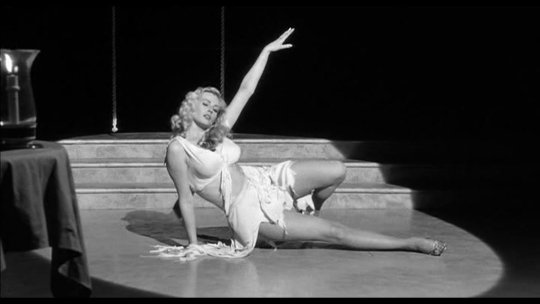
La dolce vita 1960
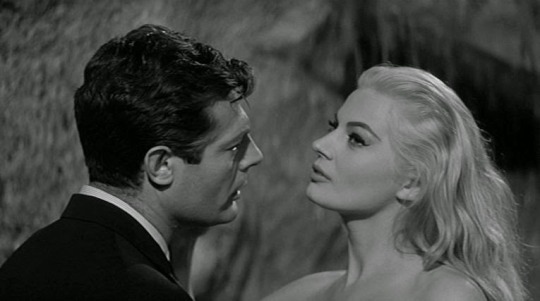
Boccaccio '70 1962
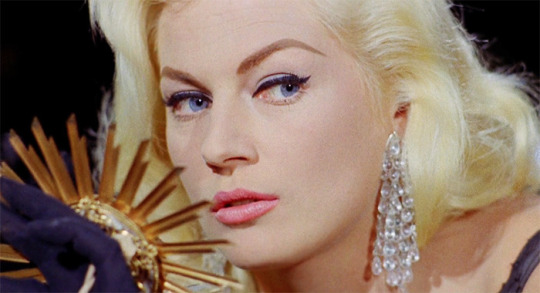
Call Me Bwana 1963
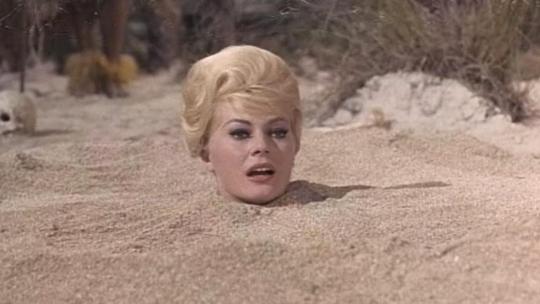
4 for Texas 1963
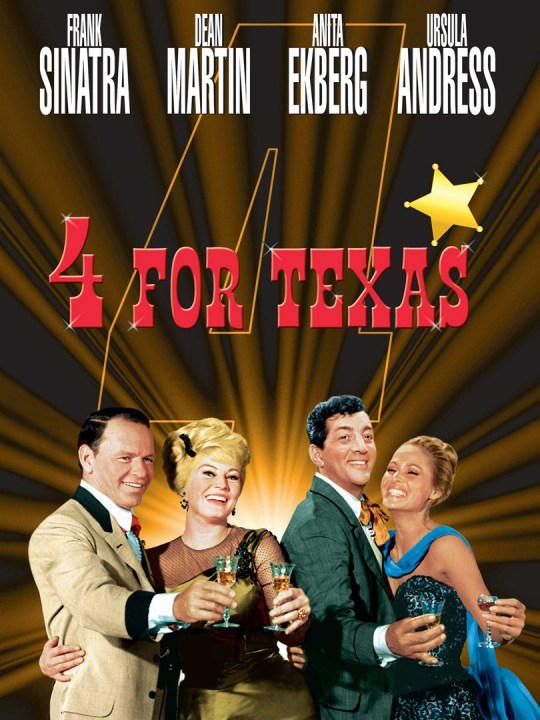
Come imparai ad amare le donne 1966
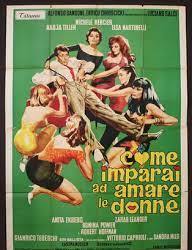
Malenka 1969

Casa d'appuntamento 1972
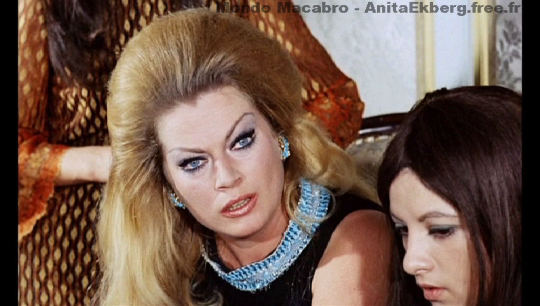
Suor Omicidi 1979

1 note
·
View note
Photo

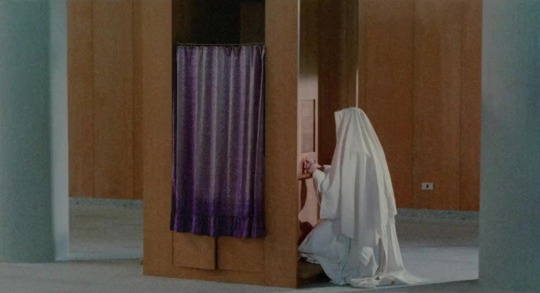
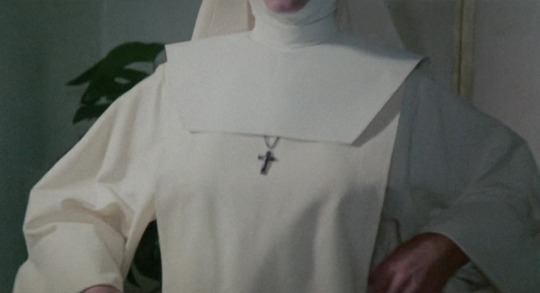

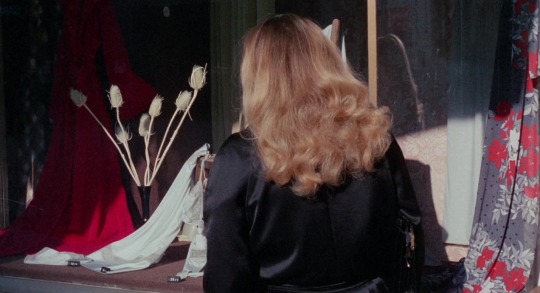

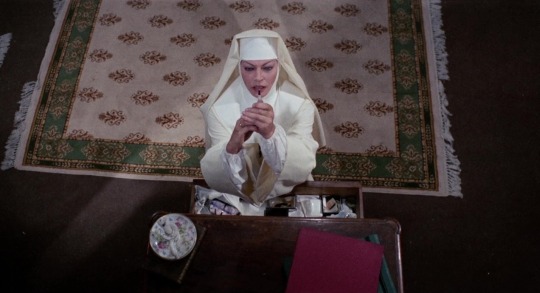
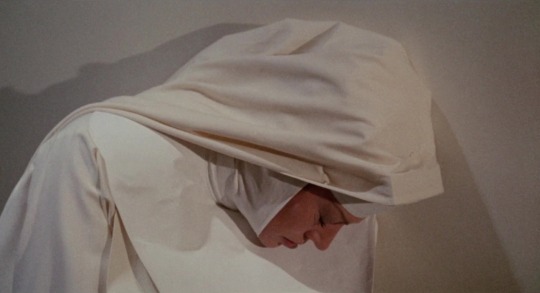
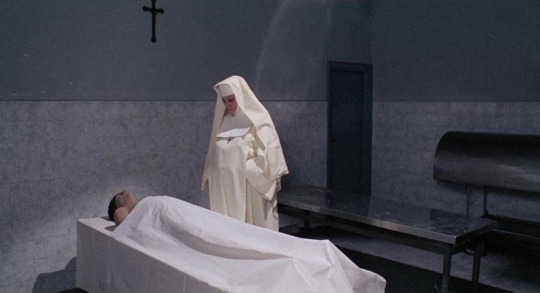

Killer Nun (1979)
#killer nun#1979#suor omicidi#giulio berruti#enzo gallo#antonio maccoppi#nunsploitation#horror#film#cinematography#anita ekberg#joe dallesandro#alida valli#paola morra#italian#italian cinema
83 notes
·
View notes
Photo
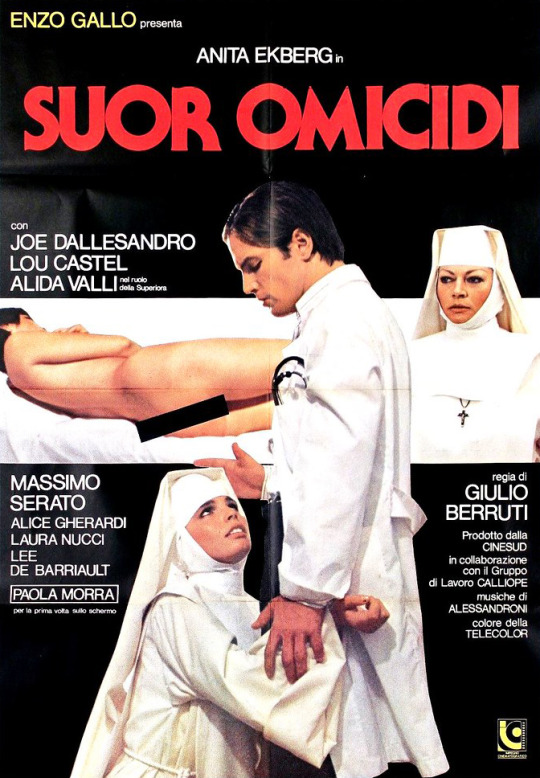
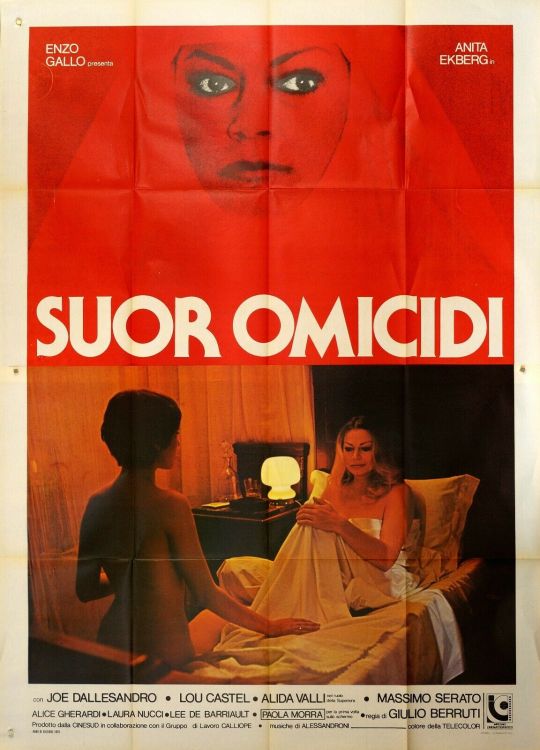
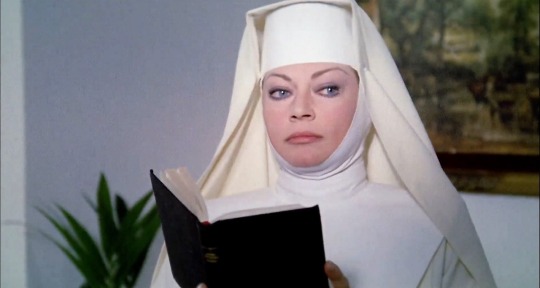

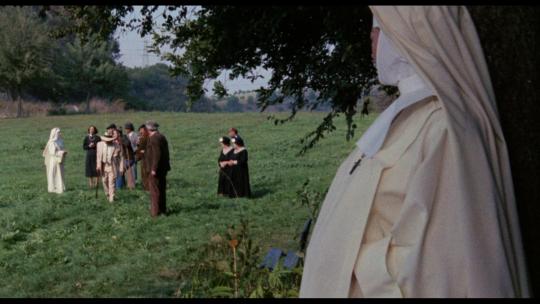
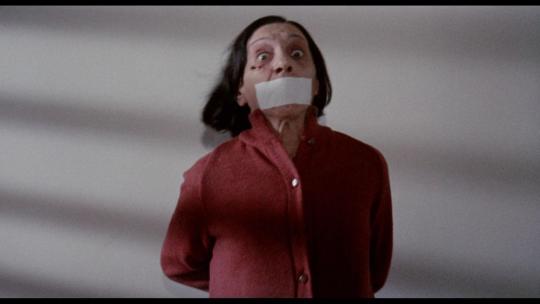
Killer Nun (Suor Omicidi) (The Killer Nun) (1979) Giulio Berruti
August 7th 2022
#killer nun#suor omicidi#the killer nun#1979#giulio berruti#anita ekberg#paola morra#joe dallesandro#massimo serrato#lou castel#louis castel#daniele dublino#laura nucci#alida valli
41 notes
·
View notes
Photo
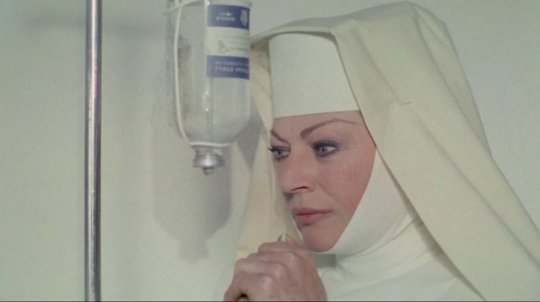

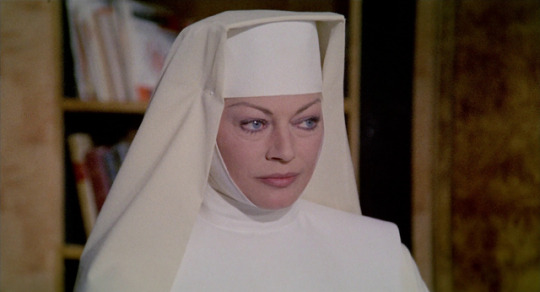
Anita Ekberg in The Killer Nun (1979, dir. Giulio Berruti).
20 notes
·
View notes
Photo


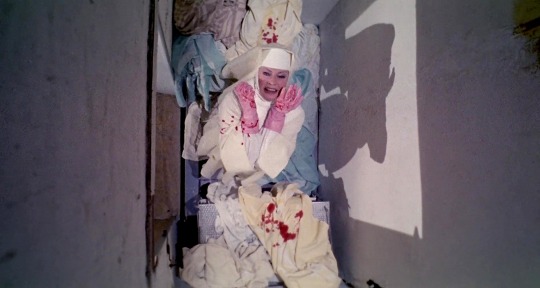


SUOR OMICIDI (1979), directed by Giulio Berruti.
50 notes
·
View notes
Text



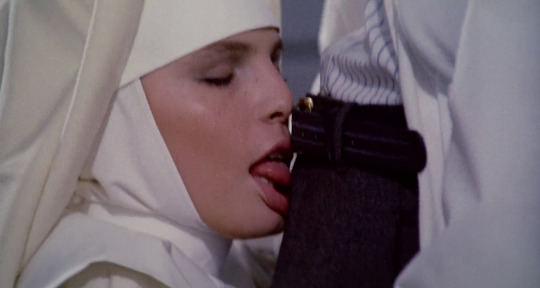
Paola Morra as Sister Mathieu (1979)
#film#film stills#movies#movie#movie stills#70's#70's film#saturnidaes#saturnidaes films#killer nun#the killer nun#the killer nun 1979#killer nun 1979#suor omicidi#suor omicidi 1979#italian film#italian movies#paola morra#sister mathieu#giulio berruti
9 notes
·
View notes
Text
Killer Nun (Suor Omicidi), dir Giulio Berruti, 1979
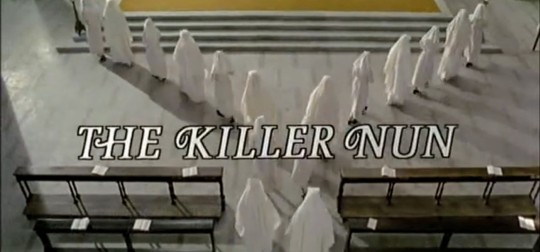
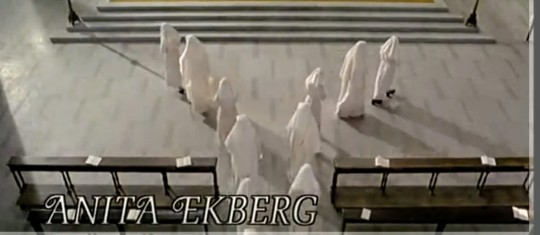
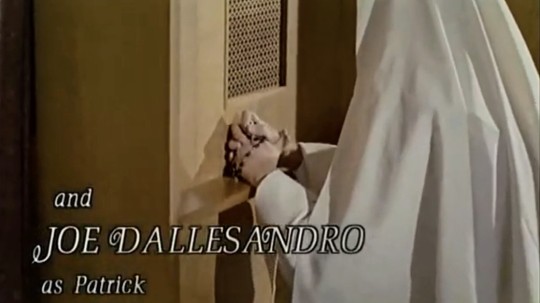



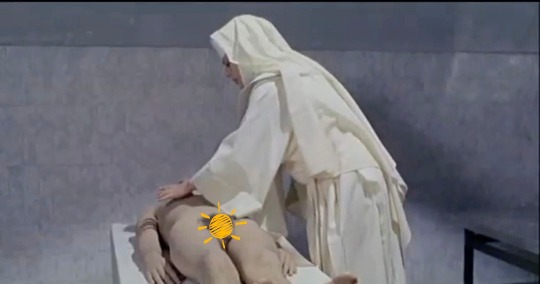
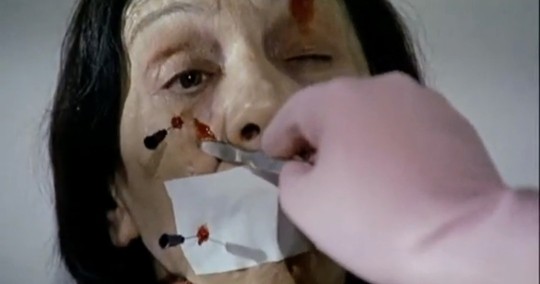
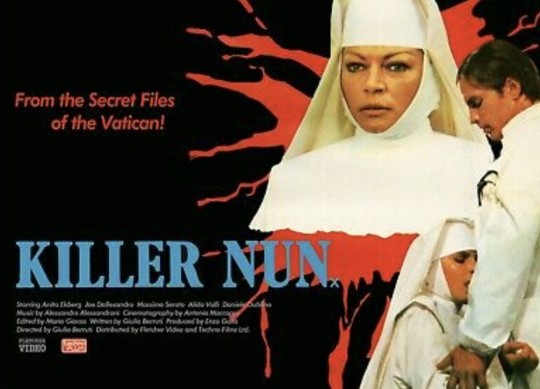
youtube
#b movie#film#cult film#film poster#poster#joe dallesandro#anita ekberg#alida valli#giulio berruti#Youtube
1 note
·
View note
Text


The Killer Nun (1979) , aka Killer Nun
Suor Omicidi (original title)
5 notes
·
View notes
Photo










Anita Ekberg α: 29 de septiembre de 1931 Ω:11 de enero de 2015
Kerstin Anita Marianne Ekberg ( del 29 de septiembre de 1931 al 11 de enero de 2015) fue una actriz italiana nacida en Suecia en películas estadounidenses y europeas. Ella es mejor conocida por su papel de Sylvia en la película de Federico Fellini La Dolce Vita (1960). Ekberg trabajó principalmente en Italia, donde se convirtió en residente permanente en 1964. Fue la sexta de los ocho hijos de Gustav Fredrik Ekberg y Alva Maria Larsson. En su adolescencia trabajó como modelo de moda. En 1950 acudió al concurso de Miss Malmö, a instancias de su madre, quien la llevó al concurso de Miss Suecia, que ganó. Posteriormente fue a los Estados Unidos para competir por el título de Miss Universo 1951 (un concurso que entonces no era oficial, ya que no pasó a serlo hasta 1952), pese a que apenas hablaba el inglés.
FILMOGRAFIA 1953 Abbott and Costello Go to Mars 1953 The Golden Blade 1955 Blood Alley 1955 Artistas y modelos 1955 Guerra y paz 1956 Back from Eternity 1956 Loco por Anita 1956 Man in the Vault 1956 Zarak 1957 Interpol 1957 Valerie 1958 Paris Holiday 1958 The Man Inside 1958 The Screaming Mimi 1959 Nel Segno di Roma 1960 La dolce vita 1961 Behind Closed Doors 1961 The Dam on the Yellow River 1962 Boccaccio 70 1962 Seven Seas to Calais 1963 Call Me Bwana 1963 Cuatro tíos de Texas 1965 The Alphabet Murders 1965 Who Wants to Sleep? 1966 How I Learned to Love Women 1966 Way...Way Out 1966 Pardon, Are You for or Against? 1967 The Glass Sphinx 1967 Sette volte donna 1967 El Cobra 1969 Death Knocks Twice 1969 Malenka, la sobrina del vampiro (también conocida como Fangs of the Living Dead 1970 I clowns 1970 The Divorce 1972 The French Sex Murders 1972 Northeast of Seoul 1978 Killer Nun (también conocida como Suor Omicidi o Deadly Habits) 1979 Gold of the Amazon Women 1987 Intervista 1996 Bámbola
1 note
·
View note
Text


#saturnidaes#saturnidaes films#film#movies#film stills#movie stills#movie#70's#70's film#suor omicidi#suor omicidi 1979#the killer nun#the killer nun 1979#killer nun 1979#killer nun#paola morra#sister mathieu#giulio berruti
1 note
·
View note
Text
Joe Dallesandro
watched:
to watch:
Flesh 1968

Trash 1970

Flesh for Frankenstein 1973

Heat 1972

Sangue per Dracula 1974

Donna è bello 1974

The Gardener 1974

L'ambizioso 1975

Fango bollente 1975

Il tempo degli assassini 1975

Je t'aime moi non plus 1976

La marge 1976

L'ultima volta 1976

Suor Omicidi 1979

Merry-Go-Round 1980

Vacanze per un massacro 1980

Double Revenge 1988

1 note
·
View note
Photo





Anita Ekberg in The Killer Nun (1979, dir. Giulio Berruti).
9 notes
·
View notes